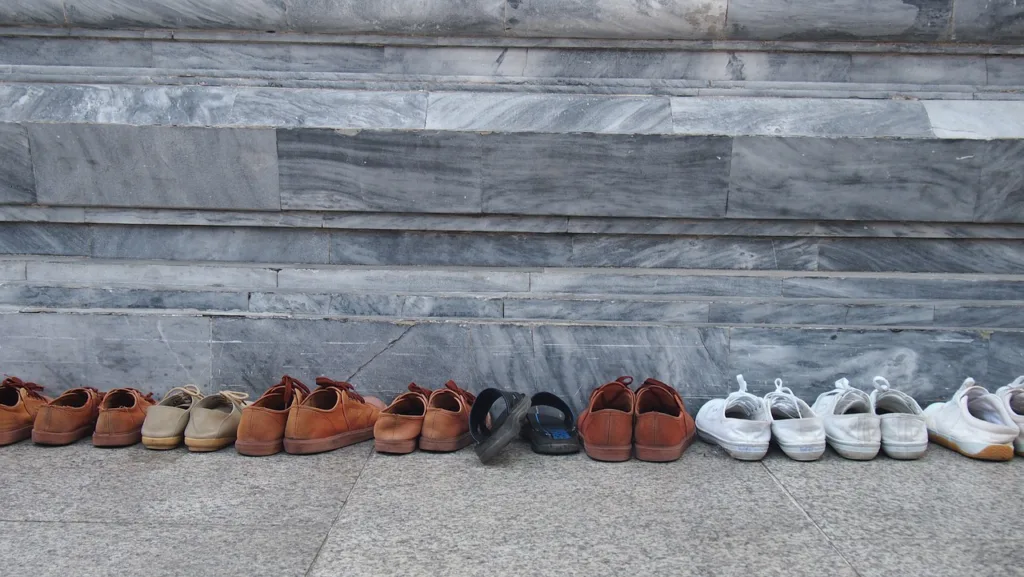From its stunning landscapes to its vibrant cities, Vietnam offers a unique and immersive experience that leaves a lasting impression. However, to truly enjoy and respect this country, it is essential for travelers to understand and embrace the local customs and etiquette. In this blog, we will delve into some key aspects of Vietnamese culture to help tourists navigate their journey with grace and appreciation.

1. Greetings and Respect:
Vietnamese culture places great importance on respect and courtesy. When meeting locals, a simple greeting can go a long way. The traditional greeting involves placing your hands together in a prayer-like gesture and bowing slightly. This gesture is called “năm chào” and is often accompanied by saying “xin chào” (hello) or “cảm ơn” (thank you).
2. Dress Modestly:
Vietnamese people are generally conservative when it comes to clothing, especially in rural areas and religious sites. To show respect for local customs, tourists are advised to dress modestly. Avoid wearing revealing clothing and opt for clothing that covers your shoulders and knees. This is especially important when visiting temples, pagodas, and other sacred places.
3. Removing Shoes:
One of the common customs in Vietnam is to remove your shoes before entering someone’s home, temples, and even some shops. You’ll notice a pile of shoes outside the entrance, which is a clear indicator of the expectation. It’s a sign of respect and cleanliness to take off your shoes, so follow suit to blend in with the locals.

4. Dining Etiquette:
Vietnamese cuisine is a delight for food enthusiasts, and experiencing it fully also involves observing the local dining etiquette. When dining at a traditional restaurant or a local’s home, it’s customary to wait for the eldest or the host to start eating before you do. Additionally, try to use chopsticks skillfully, and never leave them sticking upright in your food as this is associated with funeral rituals.
5. Bargaining:
In local markets and street stalls, bargaining is a common practice. However, it’s essential to do it with a friendly and light-hearted attitude. Keep in mind that while getting a good deal is enjoyable, pushing too hard for a lower price might be considered disrespectful. Find a balance between getting a fair price and supporting the local economy.
6. Public Displays of Affection:
Vietnamese culture is relatively conservative, and public displays of affection (PDA) are not commonly observed. It is respectful to keep physical affection, such as hugging and kissing, for private settings to avoid making others uncomfortable.
7. Tipping Culture:
Unlike some Western countries, tipping is not an established part of Vietnamese culture. However, due to the increasing influence of tourism, leaving a small tip in restaurants and for tour guides has become more common. While not obligatory, it is a way to show appreciation for good service.
8. Mindful Photography:
Vietnam is a photographer’s dream, with its picturesque landscapes and vibrant street scenes. When taking photos of people, always ask for permission first, as some may feel uncomfortable being photographed without consent. Be sensitive when photographing religious sites and locals going about their daily lives.
9. Language and Gestures:
While English is spoken in many tourist areas, attempting a few Vietnamese phrases can endear you to the locals. Learn basic greetings, “please” and “thank you,” as well as polite expressions. Avoid using aggressive hand gestures or pointing with your index finger, as these can be considered rude.
10. Environmental Respect:
Vietnam’s natural beauty is a treasure that must be protected. As a responsible traveler, help preserve the environment by not littering and avoiding single-use plastics. Participate in eco-friendly activities and respect the natural surroundings, whether you’re exploring the bustling cities or the serene countryside.

By embracing these customs and etiquette, you’ll enhance your travel experience in Vietnam and create meaningful connections with the locals. Remember, every interaction is an opportunity to learn and appreciate the rich tapestry of Vietnamese culture. So pack your bags, open your heart, and embark on a journey that will leave you with memories to cherish for a lifetime. Chúc bạn có một chuyến đi tuyệt vời! (Wishing you a wonderful trip!)
For other practical tips for travelers in Vietnam refer to our Practicalities pages where you can find information on Visa Requirements, Weather, Money, Health and Safety and how to Keep Connected. Our Transportation pages will help you get to Vietnam and Getting Around the country.